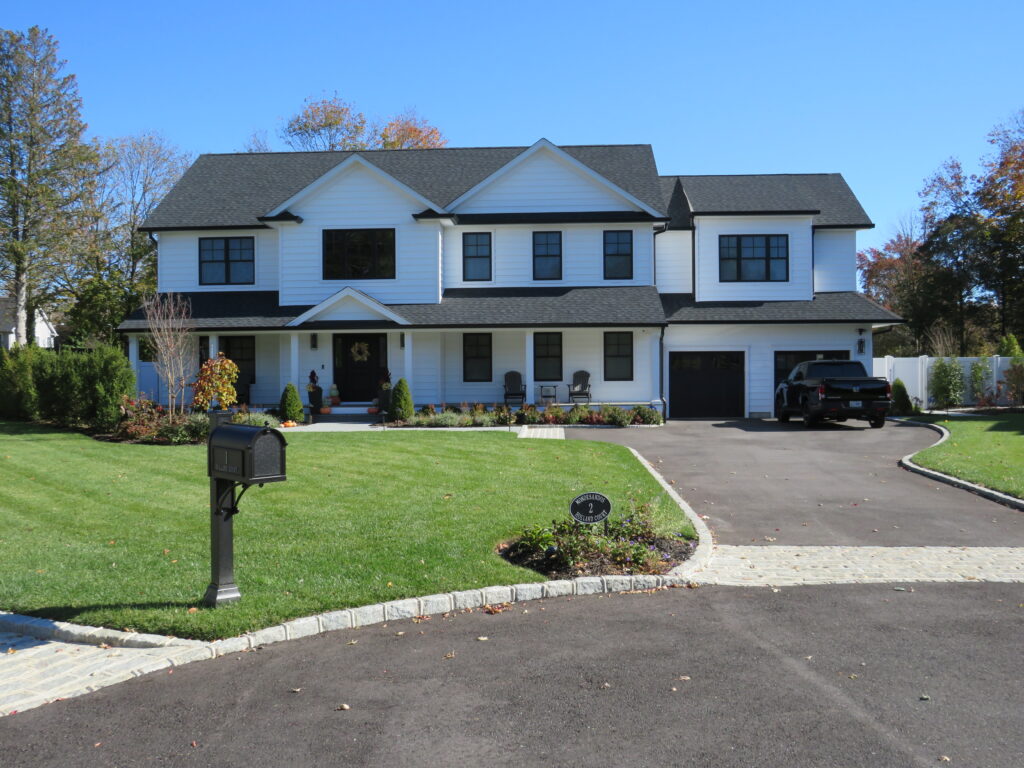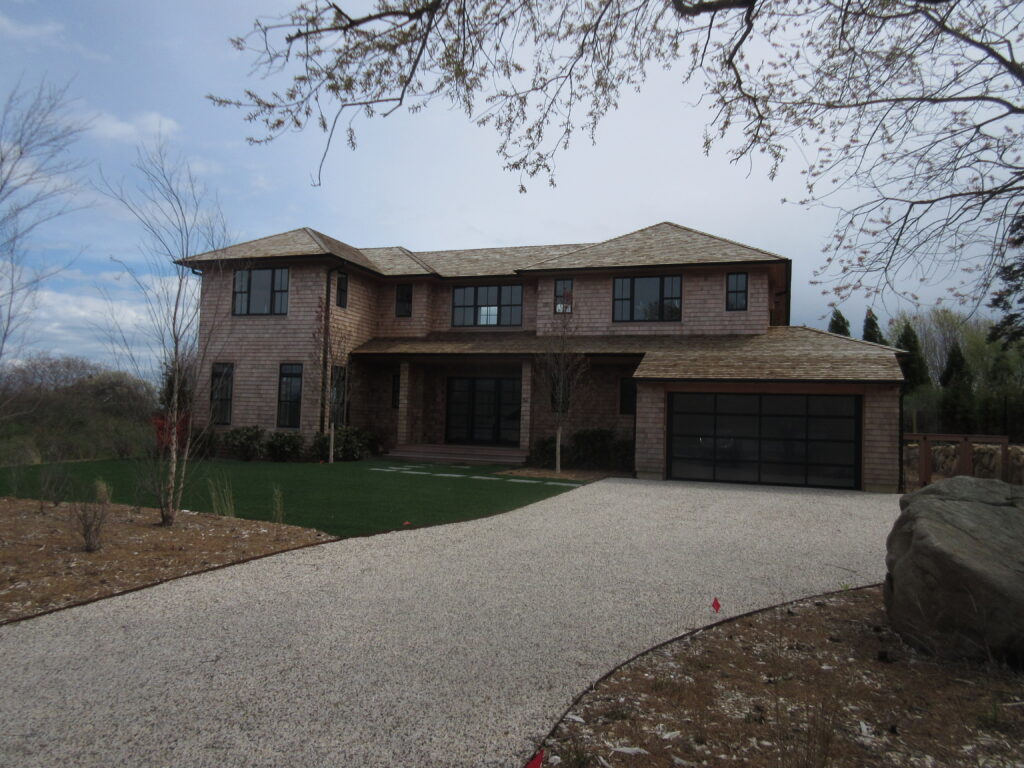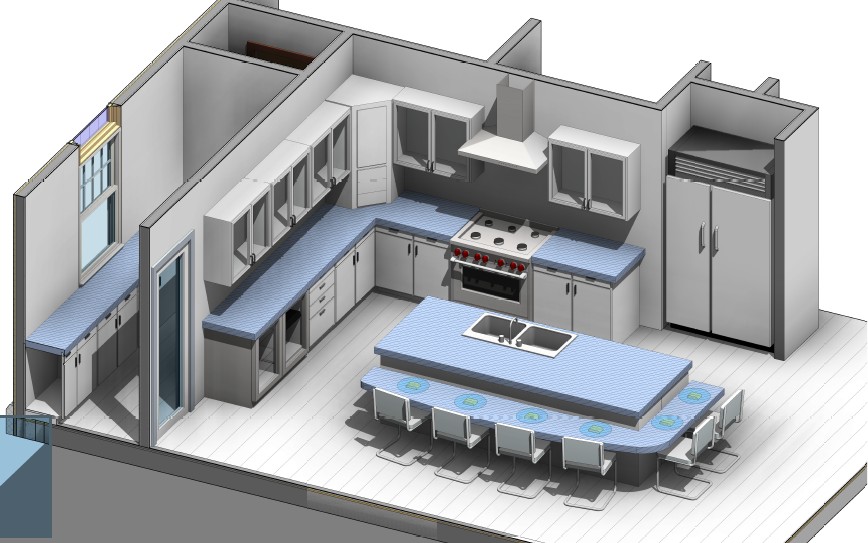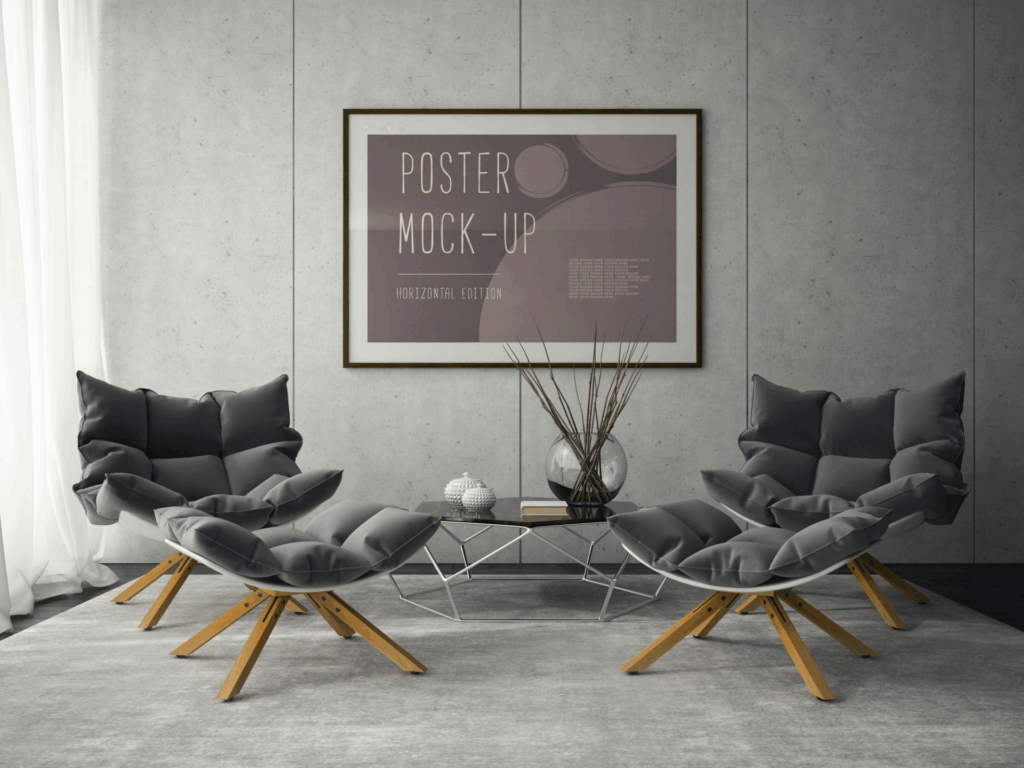
Introduction
In a world increasingly defined by chaos, noise, and clutter—both physical and mental—there is a growing movement that embraces stillness, clarity, and purpose. That movement is minimalism, and nowhere is it more beautifully embodied than in modern architecture.
Modern minimalist architecture is more than just a visual style; it is a design philosophy that promotes the idea that less is more. It strips away the unnecessary, leaving behind pure, intentional design that speaks to the soul. Whether you’re standing in a sun-drenched room with clean white walls or gazing at the elegant silhouette of a geometric building, minimalist design evokes a sense of peace and balance that is deeply rooted in human nature.
This article explores the full spectrum of modern minimalist architecture—from its philosophical roots to its real-world applications—highlighting why this design language continues to captivate architects, homeowners, and thinkers around the globe.

History of Minimalist Architecture
The origins of minimalist architecture can be traced back to several philosophical and artistic movements that emphasized simplicity, function, and the essential nature of things.
1. Zen Buddhism and Japanese Aesthetics
Minimalism has deep roots in Japanese culture, particularly in Zen Buddhism, which promotes the value of emptiness, silence, and stillness. Traditional Japanese architecture features simplicity, open space, natural materials, and a harmonious relationship with nature—principles that strongly influenced modern minimalist design.
2. Bauhaus Movement (Germany, 1919–1933)
The Bauhaus school in Germany was revolutionary in merging fine arts with architecture and design. Bauhaus architects believed that form should follow function, and their buildings showcased flat roofs, clean lines, and a lack of ornamentation—laying the groundwork for minimalism in Europe.
3. De Stijl Movement (Netherlands, 1917)
Led by artists like Piet Mondrian, the De Stijl movement promoted the use of basic geometric forms, pure colors, and abstraction. Architects like Gerrit Rietveld translated these ideas into physical space, emphasizing structural clarity and harmony.
4. Modernism (Mid-20th Century)
Architects like Ludwig Mies van der Rohe and Le Corbusier took minimalism mainstream with modernist buildings that embodied the motto “less is more.” Their work pushed boundaries and shaped the way we understand minimal, functional space today.

Core Principles
Modern minimalist architecture is governed by a few essential principles that serve as its foundation:
1. Simplicity in Form and Function
Every element in a minimalist structure serves a clear purpose. Unnecessary ornamentation is stripped away, leaving behind pure forms and clean lines.
2. Open Floor Plans
Spaces are designed to feel open, flowing, and flexible. Partition walls are minimized or removed altogether, enhancing the feeling of airiness and fluidity.
3. Natural Light
Large windows, skylights, and open views allow for maximum daylight. The idea is to blur the line between indoor and outdoor, bringing nature into the home.
4. Harmony and Balance
Careful attention is given to proportions, scale, and placement. Minimalism isn’t about emptiness—it’s about purposeful emptiness that brings peace.
5. Function-Driven Design
Design choices are rooted in practicality. Every feature—be it a wall, window, or built-in storage—serves a deliberate function.

Materials & Color Schemes
Material choice plays a vital role in minimalist architecture. Rather than flashy finishes or busy textures, the focus is on honesty, purity, and subtlety.
Common Materials:
- Concrete: Raw and unpainted concrete adds a rugged, industrial elegance.
- Wood: Light or unfinished wood adds warmth and connection to nature.
- Glass: Used extensively to bring in light and create seamless transitions.
- Steel: Sleek and modern, perfect for structural elements and railings.
- Stone: Adds grounding, earthy contrast to otherwise clean spaces.
Color Schemes:
- Neutral Tones: Whites, greys, beige, and soft earth tones dominate.
- Monochrome Palettes: A single color used in varying shades for depth.
- Accent Elements: A bold black frame, a brass light fixture, or a natural wooden beam may serve as the only “highlight” in a room.
These choices are intentional—they calm the mind and create a backdrop for life to happen without visual chaos.

Residential vs Commercial Minimalism
Minimalist principles can be applied across different architectural scales, from cozy homes to expansive commercial buildings.
Residential Minimalism:
- Focus on comfort without clutter
- Seamless indoor-outdoor transitions
- Smart storage solutions to hide visual noise
- Calm, reflective living spaces that promote mindfulness
Commercial Minimalism:
- Designed for functionality, efficiency, and brand identity
- Open office layouts with multifunctional furniture
- Emphasis on transparency (glass walls, natural light)
- Clean branding that aligns with modern corporate values
Both spaces share a focus on clarity, efficiency, and elegance, but the execution adapts based on user needs.

Psychological Effects
Minimalist spaces don’t just look good—they feel good. The psychology behind minimalist architecture reveals deep human responses to our built environment.
1. Reduced Stress:
Cluttered environments are proven to increase cortisol (stress hormone). Minimalist spaces promote calm and reduce anxiety.
2. Enhanced Focus and Productivity:
Open, clean environments help our brains focus, especially in workspaces or creative studios.
3. Emotional Clarity:
A space free of distraction gives room for emotional clarity. You’re more likely to reflect, relax, and reconnect with yourself.
4. Better Sleep and Mental Health:
Minimalist bedrooms with soft lighting, clean lines, and muted tones create ideal sleep environments.

Famous Minimalist Architects
1. Ludwig Mies van der Rohe
Famous for coining “less is more,” Mies created iconic works like the Barcelona Pavilion and Farnsworth House
2. Tadao Ando
A self-taught Japanese architect, Ando’s work is known for concrete, light, and spiritual simplicity.
3. John Pawson
British architect and author of Minimum, Pawson is known for serene, monastic spaces.
4. Kazuyo Sejima & Ryue Nishizawa (SANAA)
Conclusion
Minimalist architecture is a bold statement in a noisy world. It whispers instead of shouting. It invites us to slow down, breathe, and live intentionally. It teaches us that true luxury is not in abundance, but in space, peace, and clarity.
From ancient Japanese temples to sleek modern homes, minimalism continues to inspire architects, designers, and homeowners alike. As our cities grow louder and our lives more complex, minimalist spaces offer a much-needed escape—a place where form meets function, and simplicity becomes the ultimate sophistication.
Whether you’re redesigning a single room or planning a new building, embracing the art of minimalist architecture can lead to a more balanced, sustainable, and meaningful life.
